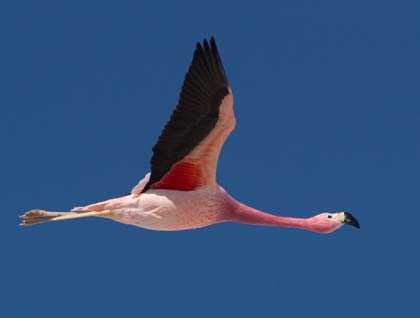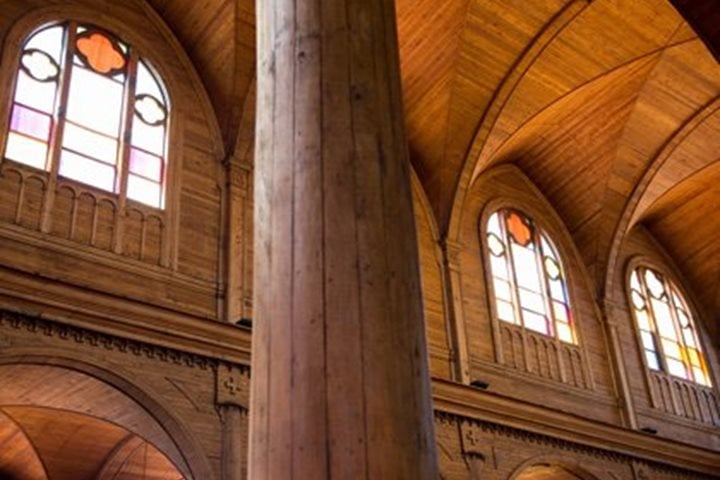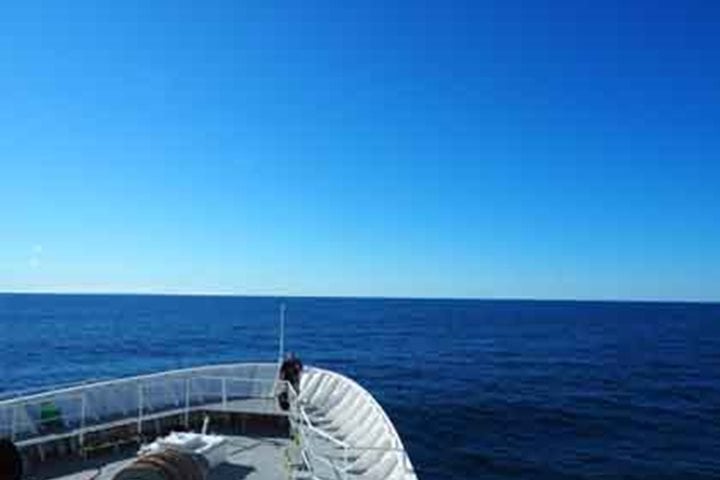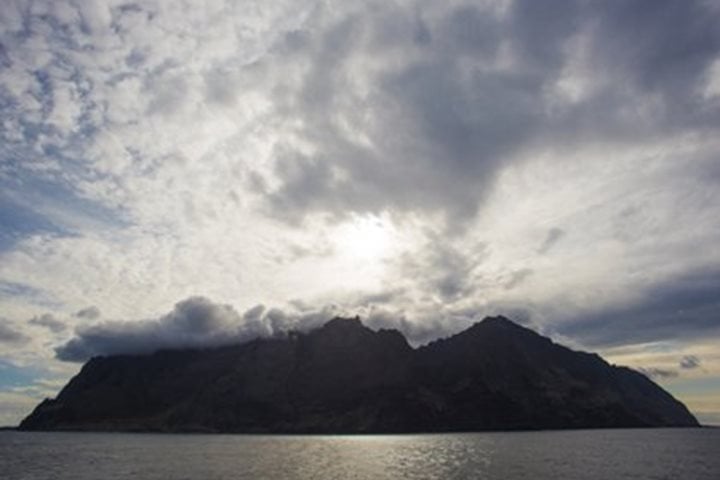The National Geographic Explorer was well underway, positioning from Arica to Antafogasta, Chile when our day in the Atacama Desert began at almost 8,000 feet above sea level in San Pedro de Atacama. How very strange to have begun the day stirring from a comfortable “Mega” King size bed to peer out at the day’s first rays glancing the surrounding volcanic peaks of the Andes Mountains. The Atacama Desert is the driest (non-polar) desert on Earth with an average rainfall of less than 15mm (0.6 in) at the “wettest” locales and less than 2mm (0.08 in) in the driest locales. Spanning over 1000 km from north to south along the Pacific coast of Chile and covering over 105,000 km² The Atacama in its current form has existed for at least 3 million years with some regions thought to have been hyperarid for nearly 200 million years making it the oldest desert region on Earth.
In classic Lindblad fashion we would get the most out of our visit here, exploring as many facets of this truly surreal place. For starters a brave and eager group set out hours before dawn to arrive at 14,300 feet above sea level to visit the Tatio Geysers. This geothermic region harbors over 20 geysers, boiling mud pits, and hot springs. Arriving before dawn gave our early risers the chance to witness the geysers eruptions against the still very cold high altitude desert air. From all accounts it was quite stunning, as this author was just awakening at a much lower elevation.
Another faction chose to spend a full day out exploring as many sights as possible, including visiting the high altitude lagoons at almost 14,000 feet. Here rich blue lagoons surrounded by scrub and shrub habitat make for a striking setting. At this higher altitude vegetation tends to be more diverse and denser as it is here that condensation increases the humidity and thus the available water for plant growth.
Another half day outing set out to visit the Chaxa Lagoon in the middle of the Salar de Atacama (salt flats). This lagoon complex at 7,900 feet is surrounded by miles of rich salt evaporate deposits as much as a kilometer deep. Here we were able to incredible looks at both Andean and Chilean flamingos as well as the North American migrant shorebird the Baird's sandpiper and the endemic Puna plovers. How very exciting to see these iconic symbols of the Atacama feeding and nesting in an otherwise inhospitable environment. The salt lakes are rich in both phytoplankton and brine shrimp which are the staples for these birds’ diets. The setting also afforded sweeping views of the surrounding Cordillera mounts and distant Andean peaks. Later a visit to the small village of Tocanao, situated along the banks of a year-round flowing stream where meltwater from the Andes create an oasis environment where light agriculture can take place.
To conclude this very full day of outings in this amazing setting our entire compliment of explorers passed through the breathtaking landscape of Valle de La Luna (Valley of The Moon). This seemingly otherworldly landscape of massive dunes, towering volcanic features, and expansive salt evaporite plains truly put the icing on the cake, or the sand and salt as it were. With only an hour or so until the sun set we gathered on a high cliff viewpoint to watch the last rays of sun dance over the Altiplano and grace the contorted features below. With pisco sours in one hand, cameras in the other, the day came to a close as winds rose and temperatures fell. As the volcanic peaks in the distance shown a pink and orange hue we boarded our coaches to return to our home away from home in San Pedro de Atacama.







